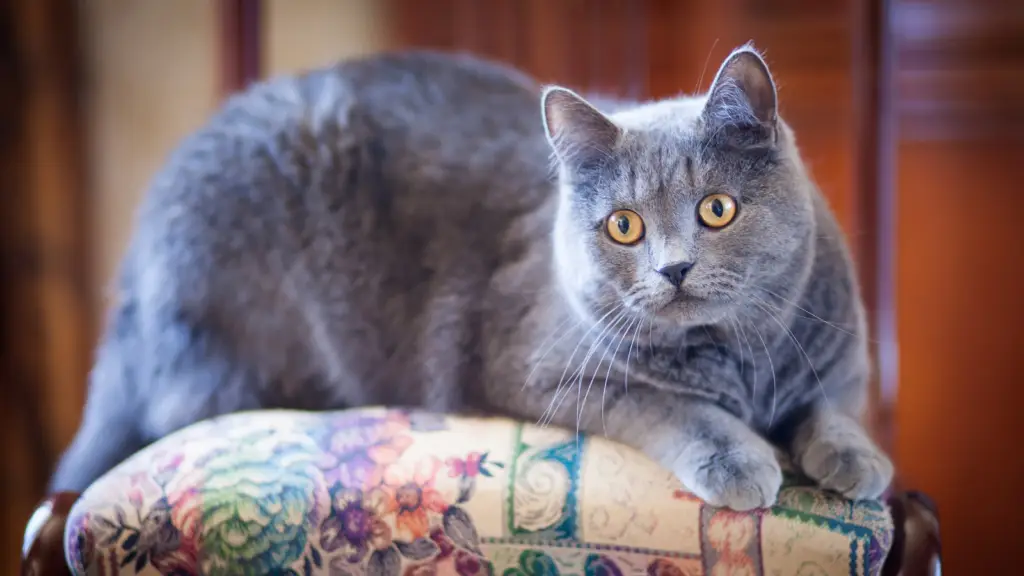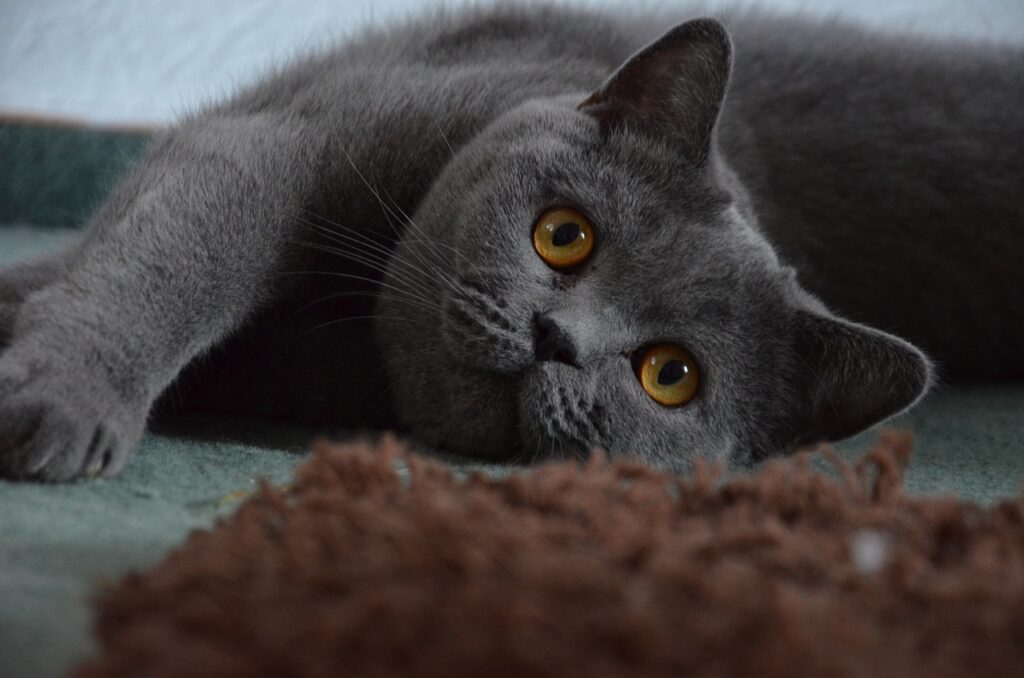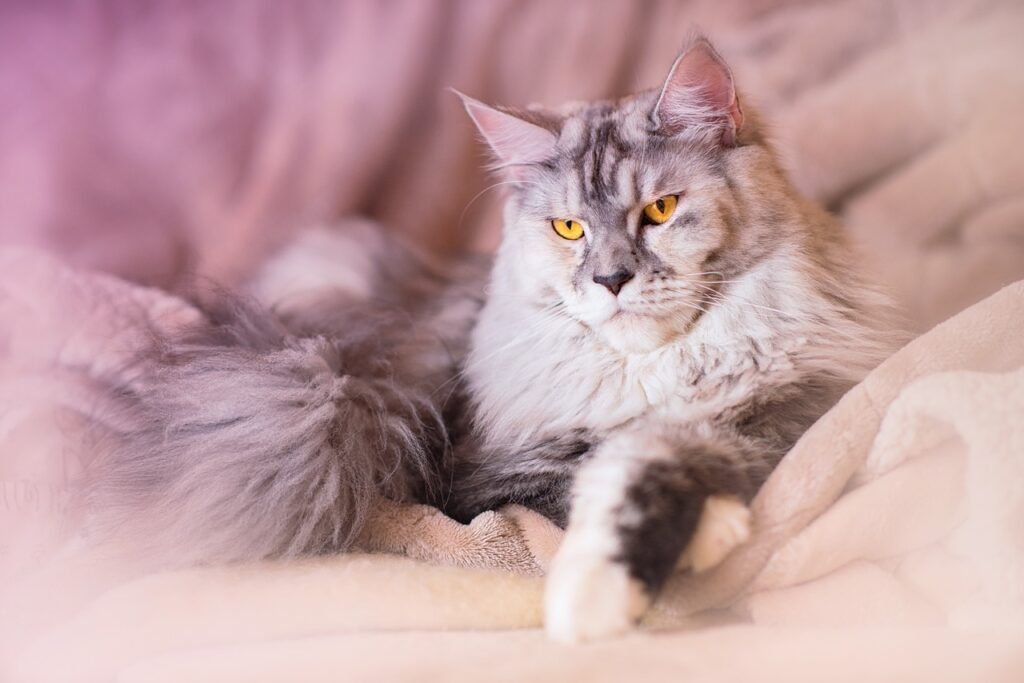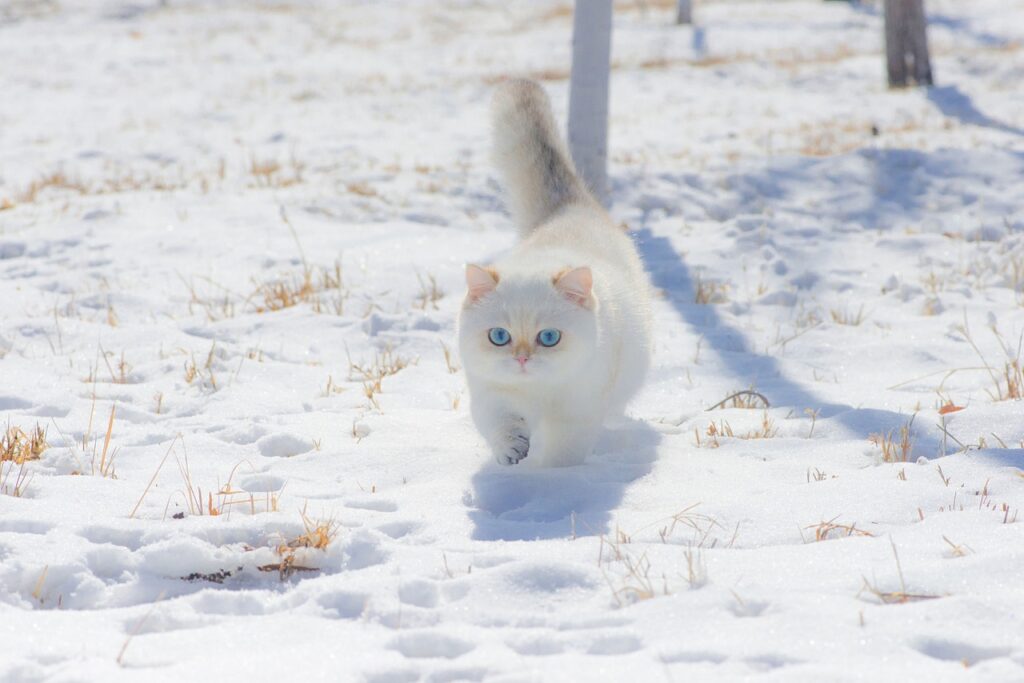
Do Polar Cats Eat Krill?
Debunking Myths About Polar Cats and Their Eating Habits
Image by TRUNG nguyễn
Polar cats, sometimes referred to as Arctic wildcats or snow cats, are those that mysteriously reside in the land of ice. Though these animals are rarely discussed, in comparison to other Arctic predators like polar bears or Arctic foxes, the composition of their diets has raised several questions and curiosities.
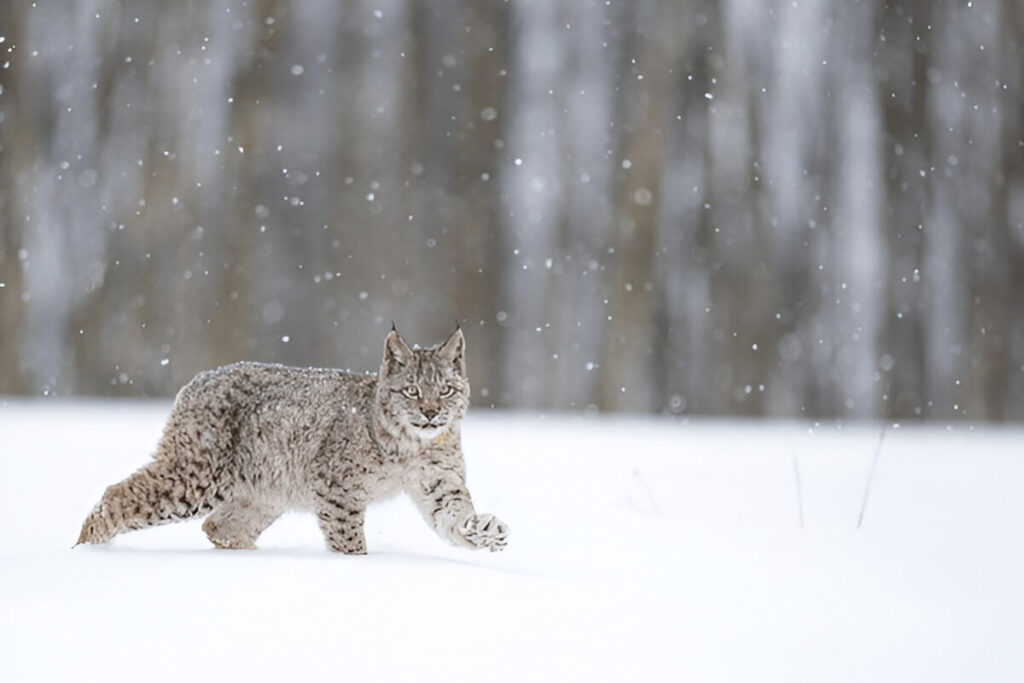
One such interesting question is whether polar cats feed on krill, which is a minute crustacean that plays a very critical role in marine ecosystems. Let’s debunk some myths about polar cats and their dietary regimen.
The Natural Habitat of Polar Cats: Understanding Their Environment
Polar cats, as they are called, and sometimes Arctic wildcats, or snow cats, exist in one of the inhospitable habitats on Earth – the Arctic region. Characterized by being extremely cold, icy expanses of land, a special ecology has adapted here to cold temperatures. Being aware of their natural environment will explain to us-or show us-exactly how these rare predators survive and adapt.
Key Features of the Arctic Habitat
The Arctic habitat is a region of icy tundra, scarce vegetation, and generally long, unbearable winters. Most of the time the temperature drops below the freezing point and snow covers almost the whole land for most of the year. However, in spite of all these adversities, life in the Arctic varies from marine mammals to land-dwelling mammals.
Polar cats are terrestrial predators that have managed to travel in this harsh environment by having certain adaptations: thick fur for insulation, while sharp claws and sharp senses enable them to hunt their prey over the ice. Without trees and thick foliage for cover, they need to rely on stealth and speed in open areas to catch their prey.
The Ecosystem They Rely On
The Arctic ecosystem is very delicate in its balance between land and sea life. Polar cats depend mostly on land animals like lemmings, voles, and Arctic hares, which are very easy to find during summer. During winter, the scarcity and competition might increase; thus, they scavenge when prey becomes difficult to catch.
Knowledge of their habitat makes it easy to understand the importance of polar cats in rodent population control and the balance of their ecosystem. While resilient, changes in the Arctic environment because of climate change pose great challenges to their survival, hence the need to protect this unique habitat.
The Diet of Polar Cats: What Do They Really Eat?
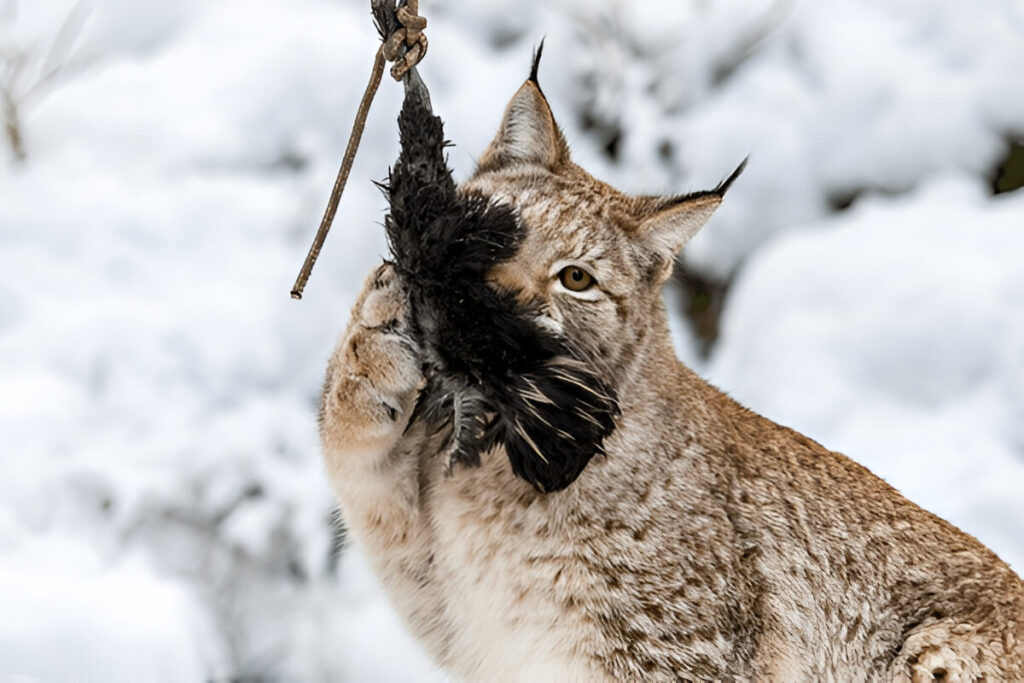
Polar cats are obligate carnivores, which means their diet consists entirely of animal-based proteins to meet their nutritional needs. Living in the harsh and resource-scarce Arctic environment, these predators have adapted to hunt and consume specific prey that is abundant in their habitat. Let\u2019s delve into what polar cats eat to survive in such extreme conditions.
Primary Sources of Food
- Small Mammals:
Polar cats primarily prey on small mammals, which are available in plenty in the Arctic tundra. Lemmings and voles are among the favored prey species for polar cats and represent the bulk of what they consume. These rodents are abundant but also provide the high protein content polar cats require to flourish. - Arctic Hares:
Larger than rodents, other common prey is the Arctic hares. Polar cats rely on their sharp claws and stealth in hunting these swift animals. - Birds and Eggs:
Ptarmigan-a type of ground-nesting bird-would be one of the sources during summer. Polar cats may also raid nests because eggs are nutritious and highly accessible in some areas.
Secondary Food Sources
- Scavenging:
When live prey is scarce, especially in the winter months, the polar cats may scavenge carrion left by larger predators like polar bears or wolves. This opportunistic feeding aids their survival during periods when food is in short supply. - Occasional Fish:
Although rare, polar cats may feed on fish in instances where they come across any body of freshwater or are isolated in icy pools. But they are not adapted to catching fish; they still depend more on terrestrial prey.
Hunting Behaviors and Strategies
Polar cats are solitary hunters. They have highly developed senses of vision, olfaction, and hearing to find prey in the immense open tundra. Their thick fur acts as camouflage on the snowy landscape, enabling them to approach prey undetected, then suddenly pounce in a very strong manner.
Nutritional Requirements
As obligate carnivores, polar cats necessitate a high protein and high-fat diet. Since they have a poor capacity to digest carbohydrates, their food has to be animal-based to sustain their survival. High-caloric prey supports energy demands associated with an active lifestyle in a cold Arctic environment.
Notable Exclusions
Polar cats do not consume marine animals, such as seals or krill, because of the lack of aquatic adaptations to hunt in the water. Their diet is strictly land-based, which separates them from other Arctic predators like polar bears or seabirds.
Krill in the Arctic Food Chain: A Nutritional Staple or Not?
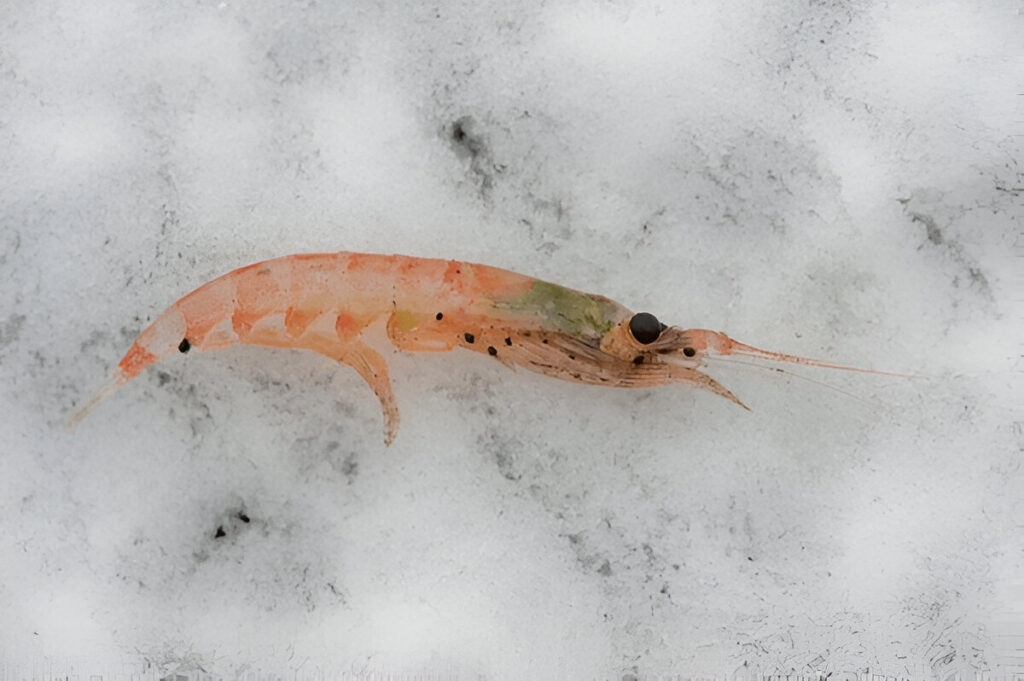
Krill are small, shrimp-like crustaceans pivotal in both Arctic and global marine ecosystems. Abundant in the icy waters of the Arctic Ocean, they form a keystone species that forms a wide link to higher forms of marine life. But whether they are a nutritional staple depends on one’s perspective: what role they play in the diets of Arctic predators and the ecosystem at large.
Role of Krill in the Arctic Food Web
Krill represent the base of the Arctic marine food chain. They feed on phytoplankton and are consumed by larger animals in their turn. That makes them an important energy transfer point between primary producers and higher trophic levels. Their importance is in terms of their enormous number and nutritional value, being rich in protein and omega-3 fatty acids.
Dependence of Predators on Krill
Krill are an important element in the diets of the following Arctic species: –
- Baleen whales: Krill is the food basis for the diets of large whales like bowheads and humpbacks. –
- Seals and Fish: The few species of seals, together with fish, like the Arctic cod, supplement their nutrition sources with krill.
- Seabirds: Puffins and guillemots plunge into the ocean, capturing krill in large amounts, and thus form a major constituent of their diet during breeding seasons.
Are Krill Staple Food for All Arctic Animals?
Whereas krill are an essential element in the diet of marine predators, they do not serve as a staple prey for terrestrial Arctic animals such as polar cats or Arctic foxes. Terrestrial species rely on terrestrial prey including rodents and birds and rarely have any access to marine resources. In contrast to marine animals, which can actively swim and dive, terrestrial predators simply lack the ability to use krill as a food resource.
Nutritional Value of Krill
Krill are a powerhouse of nutrition, supplying high levels of essential fatty acids, proteins, and antioxidants. These nutrients are very important for the energy and survival of marine animals in the extreme conditions of the Arctic. Due to their small size and aquatic nature, krill have limited accessibility to non-marine animals.
Comparative Analysis: Do Other Predators Eat Krill?
While polar cats do not eat krill, many Arctic predators depend on these crustaceans for survival. Notable examples include:
- Baleen Whales: Species like the bowhead and humpback whale filter-feed on massive quantities of krill.
- Seals: Certain seal species incorporate krill into their diets alongside fish and squid.
- Seabirds: Birds such as puffins and guillemots dive into the ocean to catch krill and other small marine creatures.
These predators share adaptations like diving skills, specialized feeding mechanisms, or aquatic mobility that polar cats lack. This distinction underscores the terrestrial nature of polar cats and their reliance on land-based prey.
The Role of Misconceptions and Misinformation About Animal Diets
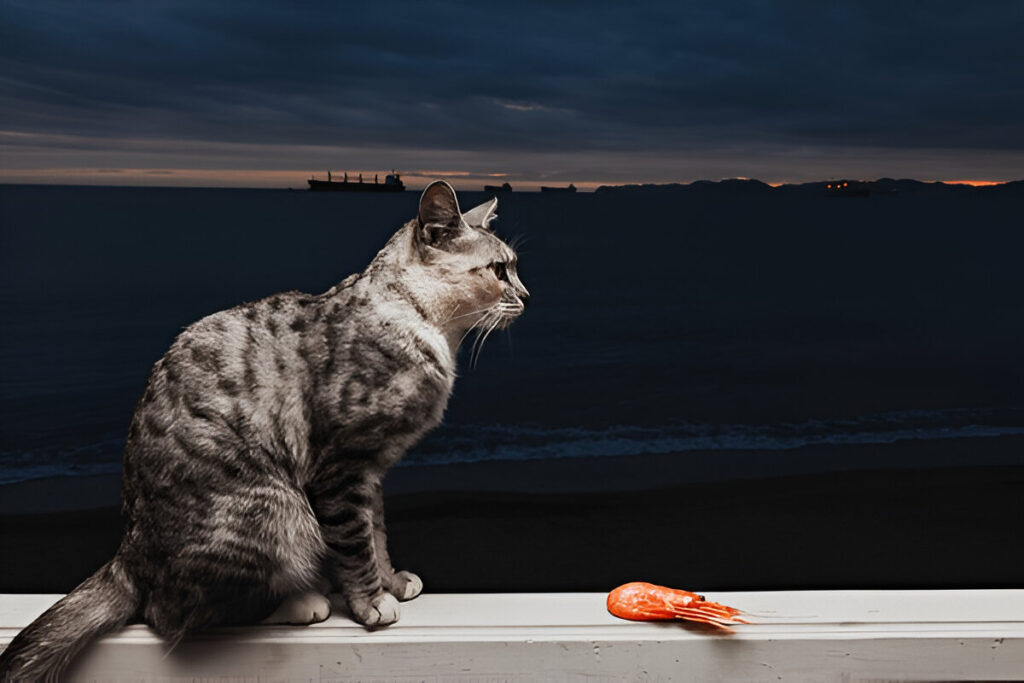
Despite being so familiar, misconceptions about animal diets arise so easily through myths, media misrepresentation, and over-simplification regarding wildlife. This can be projected to their role within ecosystems, and in some instances, this causes unintentional harm. This can be analyzed further by going to the very roots of such misconceptions and how they can influence people in bettering their awareness and conservation efforts.
How Misconceptions Arise
1. Anthropomorphism:
- People have a tendency to attribute human characteristics or preferences to animals, thinking that they consume similar foods or have similar dietary habits. For example, the belief that wild animals may like to eat bread or snacks is based on human bias rather than any biological fact.
2. Media Representation:
- Popular media and entertainment often portray animals with diets that are not true to their nature. For instance, cartoons or movies might show polar bears only eating fish or herbivores eating foods they would not naturally eat. Such portrayals can make these false ideas stick in the minds of the public.
3. Lack of Awareness:
- Generalization, specifically, is facilitated by limited knowledge about specific ecosystems and species. Assuming that all Arctic predators feed on krill and other sea animals denies one the opportunity to learn many other adaptations and behaviors in terrestrial animals, such as polar cats.
Implications of Misconceptions
- Incorrect Feeding Methods:
Misinformed beliefs can lead people to feed animals inappropriate foods, such as bread for birds or processed meats for carnivores, which can cause health problems or dependency on human-provided food. - Conservation Challenges:
Misconceptions about an animal’s diet can seriously hamper conservation because, for example, failure to recognize the specific prey requirements of a predator might mean habitat management strategies that bypass critical food sources. - Skewed Ecosystem Understanding:
Misconceptions distort the real role that an animal may play in its ecological niche. Examples include assuming that all Arctic predators have the same prey-a very naive view considering niche partitioning, wherein different species specialize in their niche and therefore have different positions in a food web.
Debunking Myths Through Education
- Scientific Research:
Research and field studies provide a clear insight into what animals eat and for what reason. Sharing these findings through accessible channels helps combat misinformation. - Public Awareness Campaigns:
Organizations dealing with wildlife education can play an important role in debunking myths. Simple initiatives like infographics, documentaries, or interactive exhibits can highlight facts about animal diets. - Critical Media Consumption:
Encouraging critical thinking about wildlife portrayal in media can help audiences sift out the line between entertainment and fact.
Examples of Misconceptions
- All Herbivores Eat Only Grass: Most herbivores, including deer, include fruits, nuts, and bark in their diet.
Domestic Pets and \ “Human Foods\ “: The most general myth among the people is that cats and dogs can have human foods, whereas practically this may be dangerous-for instance, chocolate and onions. - Polar Bears Eat Penguins: The origin of this lie lies in the thought that both live in cold climates, ignoring the fact that polar bears live in the Arctic while penguins reside in the Antarctic.
The Truth About Polar Cats and Krill Consumption – What You Need to Know!
Polar cats do not eat krill. As terrestrial carnivores, their diet focuses on small mammals, birds, and scavenged meat. Krill, while essential to the marine food web, are inaccessible to land-dwelling predators like polar cats. Understanding these distinctions highlights the diversity of Arctic wildlife and the intricate balance of life in extreme environments. By dispelling myths and focusing on factual information, we can better appreciate the unique adaptations and behaviors of polar cats and their fellow Arctic inhabitants.
polar cats diet , krill consumption by polar cats , are there any animals similar to polar cats that eat krill?
Yuns Legdm is a passionate advocate for pet care and the founder of this website, dedicated to providing valuable information for fellow pet lovers and veterinary professionals worldwide. With a deep love for animals, Yuns created this platform to connect passionate pet owners with expert insights from veterinarians around the globe.
This website grows with you—the passionate pet owners and veterinary experts—creating a trusted space where knowledge, experience, and love for animals come together. Whether you’re seeking advice on pet health, nutrition, or general well-being, this platform is here to support you on your journey of responsible and loving pet care.

